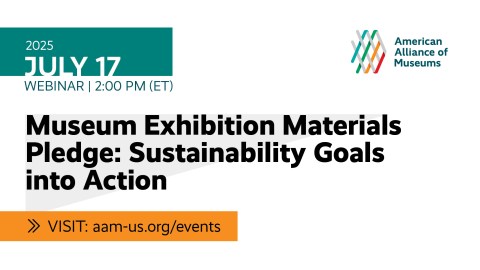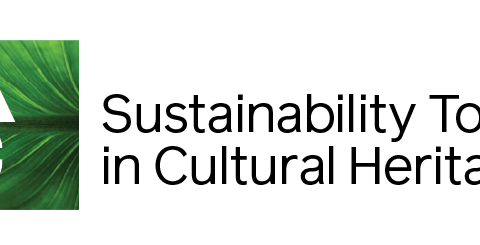What do Jelly, Nextt, Spayce, Pheed, Sulia, Sharebloc, Bubblews and Learni.sthave in common? They’re all new social media sites, most having launched within the last year. It seems like every week a new service (or two, or three) bursts onto the cultural consciousness. Just last week the social media buzz was about LACMA being the first museum to join Snapchat (an app designed for ephemeral messaging. Sort of like digital disappearing ink.)
With all these newbies on the block, it may seem positively antediluvian that Guzel and I just set up a CFM Facebook page. Facebook launched way back in 2004, four years before CFM’s public debut. It took ‘til now for me to decide that Facebook occupies a niche left vacant by the sites & services CFM already uses.
It’s difficult to parse the nuanced differences between proliferating social media options-the strengths and weaknesses of each platform, demographics of its coreaudience, the likelihood it will reach a critical mass of users. Perhaps you are also picking your way through the process of choosing where you/your museum will establish digital outposts. So, in case it helps you with your decisions, I’m sharing the inventory of CFM’s current digital platforms (how I use them, and who they seem to reach) that I prepared in reaching the decision to add Facebook to the mix. This might also help you assess which CFM feeds best suit your preferences for consuming news.
Dispatches from the Future of Museums, I use CFM’s weekly e-newsletter to share synopsis and links to recent news articles that fall into the categories of Trends, Projections, Museum Innovations and Tools for the Future. Strengths: timely, topical, widely read. Weaknesses: many interesting articles I find fall outside the weekly time frame or the topic headings.
The CFM Blogprovides scope for medium length commentary and original essays by me and by guest bloggers. Strengths: flexible format, accommodates embedded pictures, video, even sound. Gives people various options for subscription (including RSS feed, Google “membership”—which makes new posts show up in their Google+ profile page, and email subscription. Weaknesses: there is a high bar to getting people to comment on the blog, which can be frustrating, especially for guest bloggers who want to engage with CFM readers.
Twitter is great for sharing links to articles and resources, and providing context (within the 140 character limit) for why I think a given story is important. Strengths: easy to post to Twitter from a variety of news sites and aggregators (like Flipboard). I don’t put time boundaries on the material I share on Twitter—so if I stumble across a story that falls outside Dispatches’ weekly timeframe, it may go out via Tweet. Weaknesses: some things just don’t fit in 140 characters. There are some stories that might seem baffling, or inappropriate, without accompanying (longer) explanation.
Pinterestis a place to park compelling inspiring and amusing images related to trends CFM follows, and the future in general. Strengths: provides a visual counterweight to CFM’s usually text-heavy exposition. Provides links to the photo sources, so people can follow the image back to the related stories. Serves as an idea board and illustration source for planning publications. Weaknesses: Not much interaction with other users/followers (other than seeing who “repins” my pictures).
YouTubewas very important when we launched CFM, as one of our first project was video interviewing a wide range of museum folk about their hopes, dreams and fears about the future. It also gave us a place to share video recordings of CFM lectures and symposia (which gave us a broader reach than the original live event could ever have.) Strengths: if you find things that really work better on video (like demonstrating Google Glass) it’s great. Weaknesses: it turned out to be really hard to persuade people to video themselves and send us the recording. Which surprised me, given how many people post videos of practically anything on YouTube, but maybe folks feel a little more inhibited about putting themselves out there in their professional personas.
Where does Facebook add to this mix?
- It accommodates commentary that falls, in length, between Twitter and even the briefest essay on the Blog.
- It isn’t constrained to the Dispatches categories—giving me, for example, a place to share news about disruptive events (which are, along with trends, significant drivers of change shaping the future)
- I hope it will be more interactive than CFM’s existing platforms. Even widely read posts on the Blog rarely generate comments. (And people pretty much ignore the Blogger “Reactions” check boxes. I’m thinking of just removing that widget.) On Facebook, people seem to be uninhibited about about “liking” posts, commenting and building on the comments of others. We will see!
Whew. Reading the list of the social media platforms CFM does use makes me feel a bit out of date—not very futuristic at all. Maybe I should sign CFM up for Snapchat? Or Sulia? Or Pheed? Or…dang. So many choices.









Outside of just being glad to have a Facebook option for CFM, I'm just glad to read a thoughtful breakdown of the strengths and weaknesses of the variety of platforms.
Thank you Jen! I'm glad you find my summary useful. Are you using any other platforms for your work? I'd love to expand my list to include Strength/Weakness analysis of products/platforms drawn from our collective experiences.
Not so much professionally at present. The museum has a designated and wildly capable SM.
Jen, please do tell your "wildly capable SM" I'd be delighted if she weighed into the discussion.